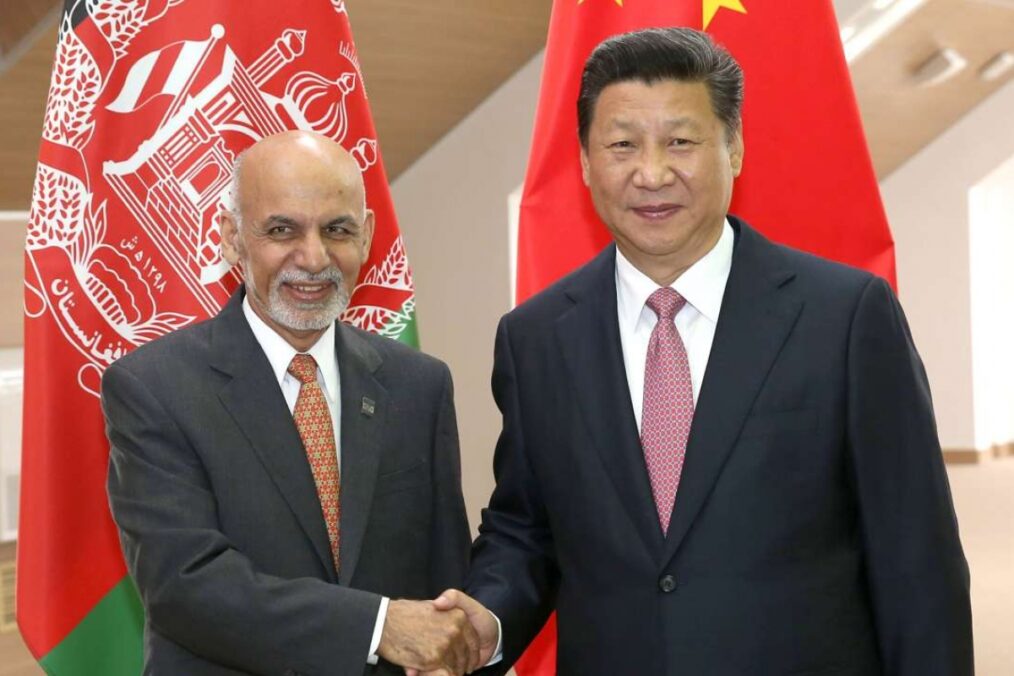As one of several external stakeholders that have taken a keen interest in the affairs of Afghanistan, India ranks among one of the more reticent partners of the Afghan government. In spite of losing their shared border over 70 years ago, due to the results of the Partition of India and the subsequent First Kashmir War, Indo-Afghan ties remain strong. India’s steadfast support for Afghanistan’s state entities has evolved considerably, from recognizing and supporting Afghanistan’s contentious Cold War-era governments, to aiding the present-day Islamic Republic of Afghanistan.
In return, India’s status as the largest regional donor and supporter of Afghan statecraft and reconstruction has endeared the country to numerous Afghan leaders. Beyond provisions of material support and developmental assistance, India’s higher education institutions, which counts former President Hamid Karzai as an alumnus, remains a popular destination for Afghan students, many of whom return to positions in the nascent public and private sectors. Two of India’s most prominent military academies, namely the Indian Military Academy, and the National Defence Academy, enroll a significant intake of Afghan soldiers, aiding in the capacity-building process of Afghanistan’s security forces.
Behind India’s soft power investment in Afghanistan is a desire to retain existing influence in Kabul, while curbing similar ambitions by arch-rival Pakistan. Unlike the other original sponsors of the Mujahideen, such as the United States and Saudi Arabia, Pakistan’s stake in Afghanistan did not wane at the conclusion of the Afghan Civil War.
Instead, the five-year period of Taliban rule from 1996-2001 showcased the potential potency of a Pakistan-friendly government in Afghanistan. Seminal events like the 1999 hijacking of an Indian Airlines flight by a pro-Taliban group based in Kashmir, accelerated India’s coalition-building of anti-Taliban forces, which featured a mix of both internal and external entities.
In addition, throughout their tenure, the Taliban hosted numerous anti-Indian organizations, several of which have been linked to Pakistan’s Inter-Services Intelligence (IS) agency. The most notable of these organizations was Lakshar-e-Taiba, the terrorist group that would later be responsible for the 2008 Mumbai attacks. Given the proximity of Kashmir to Afghanistan’s northeast borders, the notion of a contiguous corridor that could supply Indian Kashmiri separatists with training, safe haven, as well as material and logistical support from Pakistan and/or the Taliban is a crucial security concern for India.
Memories of the subsequent damage inflicted upon Indian interests during the Taliban’s tenure continues to inform New Delhi’s present-day objectives. While its contributions to the Afghan state have enlarged in scope, India still remains fixated on curtailing Pakistan’s influence, which is primarily wielded through the relationship between the Taliban and Pakistan’s security establishment.
Although portraying Afghanistan’s situation as a microcosm of the Indo-Pakistani rivalry may come off as a slight toward Afghan sovereignty, alignment between the goals of India and the Afghan government remain strong. India remains one of the more active participants in development and infrastructure projects designed to boost Afghanistan’s connectivity and increase its participation in the global economy. The Iranian port of Chabahar is one example, as the port remains a key conduit of trade between India, Afghanistan, and Iran, through a route that deliberately avoids Pakistan.
Furthermore, Indian Prime Minister Narendra Modi has sought a more vocal and active role for India’s engagement in foreign affairs, with developments in Afghanistan at the forefront of this initiative. Indian officials have been frequently sighted and quoted during pivotal moments in the Afghan peace process, including during the US-Taliban deal that was signed in Doha, Qatar earlier this year.
In its most recent observations of the Afghan peace process, India’s foreign policy establishment has tempered expectations, preferring to instead focus on the schematics of a deal signed between the Taliban and the Afghan government.
In particular, the unresolved question of how the Taliban will integrate into Afghanistan’s civil society is pertinent to India’s posturing. In the event that the Taliban and its members convert to willing democratic participants, India’s interests would then evolve into preventing radical elements and individuals from ascending to the highest levels of government. A scenario in which Afghan political parties begin to orient themselves as strictly pro-India or pro-Pakistan remains plausible and would likely fuel further competition between the two powers, with the concomitant effect of tainting Afghanistan’s political culture.
The spectrum of possibilities in a potential peace deal presents newfound challenges to the Indo-Afghan relationship. India’s reluctance to engage with the Taliban stems from its characterization of the group as a stalwart client of Pakistan, rather than an independent entity.
Thus, any peace deal outcome that grants some level of legitimate political authority to the Taliban would present the greatest threat to India’s strategic ambitions in Afghanistan, which includes fostering closer political and economic ties with Central Asia and the Gulf region. As a result, the next few phases of the intra-Afghan peace process, set to resume in Doha, will carry significant political, economic, and security ramifications for India’s broader foreign policy strategy.
– Arman Sidhu





